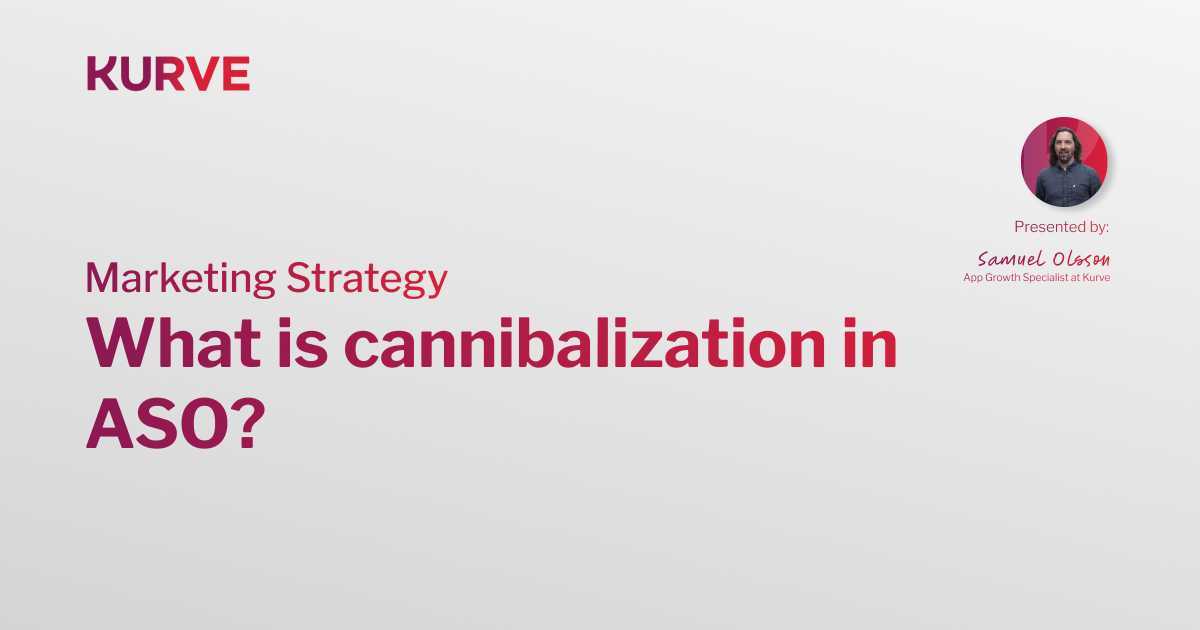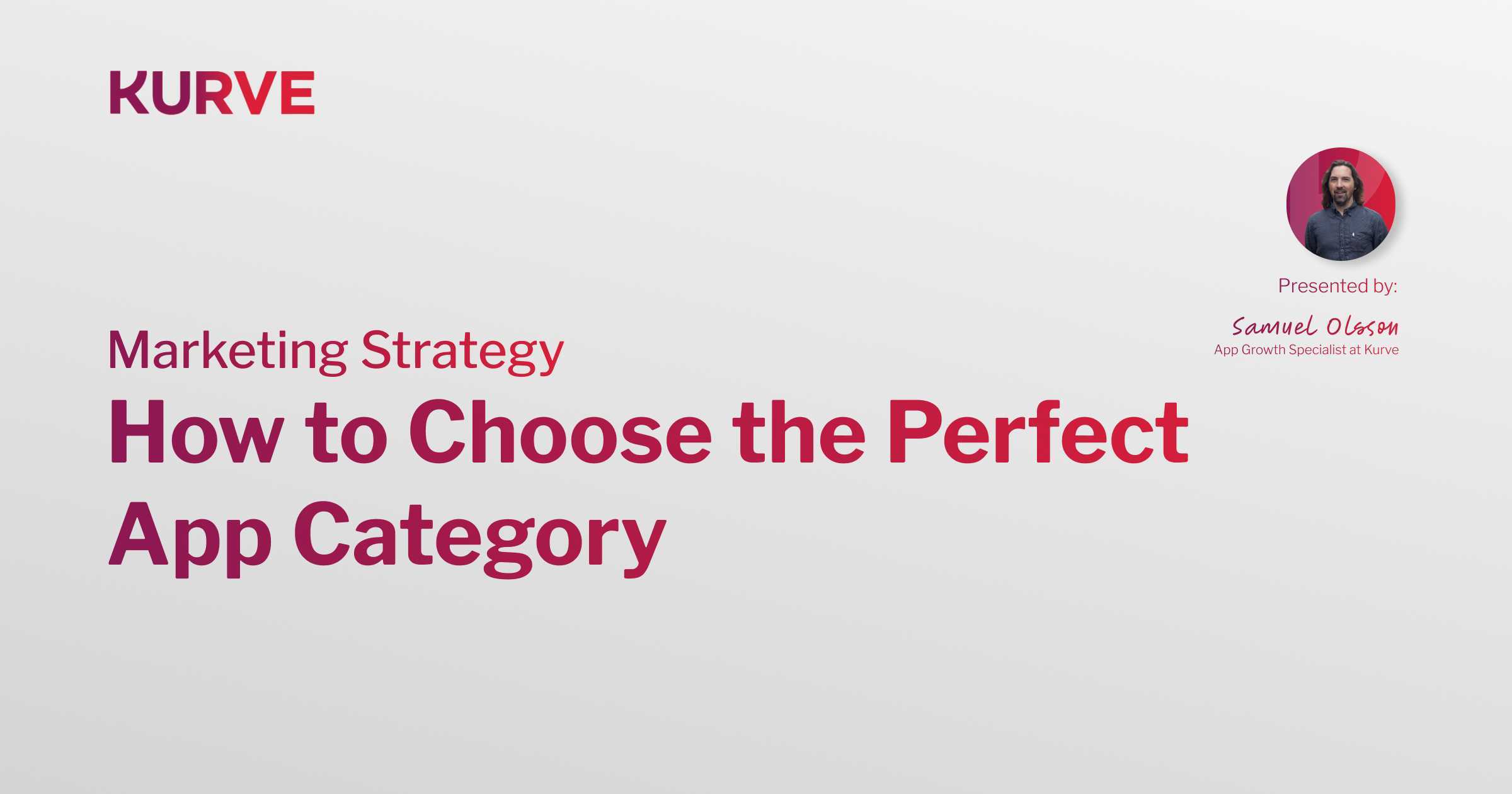9 Frequently Asked Facebook Advertising Questions Answered
Advertising on Facebook remains one of the most effective online acquisition channels.
With just a few clicks, you can tap into a vast audience of potential buyers, targeting anyone who matches your ideal customer with pinpoint accuracy.
However, a word of warning: if you don’t structure your ad sets correctly and keep a tight grip on your budget, Facebook Ads can get expensive, fast.
So, to help you hit your social media marketing goals, I’m answering some of the most commonly-asked Facebook Advertising questions. From recent stats and campaign building to costs and metrics, I’ll cover it all.
1. Is Facebook Advertising still an effective growth channel?
Short answer? Yes! Facebook is still one of the best ways to engage your target audience.
Facebook is the only social media platform that lets you reach over half of the world’s social networking population – and you can extend that reach to Facebook-owned Instagram, too.
This is important to know because, in the last few years, organic reach on Facebook has significantly declined, which means you’re missing out on a large pool of potential customers if you’re not using paid ads on Facebook.
This drop in organic reach has coincided with social media becoming popular with consumer product research, discovery, and brand updates. 55% of consumers say social media is one of the main ways they discover new brands, and almost 80% of Gen Z consumers say social media is the place they learn about new brands.
In my experience, Facebook Ads are still a powerful option for both B2B and B2C customer acquisition, as long as you know who your audience is, what they care about, and how to leverage Facebook’s targeting options effectively.
2. How much do Facebook Ads cost right now?
The most common ad pricing model is based on impressions. Every time someone views your ad, you’ll need to pay a fee. You’ll usually see this cost referred to as Cost Per 1,000 Impressions, or “CPM” for short.
There’s no fixed price for this, and cost per impression will depend on factors such as your audience, your creatives, and how engaging your ads are. The average CPM (across all industries) is $12.64 (£8.95), but you may see higher or lower depending on your campaign.
For example, if you’re advertising a high-priced item like a luxury watch to a niche market, you’ll need to spend more to reach your audience than a watch company with mass-market appeal.
On the flip side, if your ads get great engagement with high click-through rates (CTR), your cost per impression will lower, as Facebook’s algorithm prioritises showing engaging ads.
Your CPM can also vary based on the time of year you’re running ads. For example, when brands want to get noticed by customers during holiday seasons, there will be more competition for ad space. That will drive CPMs up.
There’s no minimum amount you need to spend on Facebook ads to get results, but, the more you spend, the more data Facebook’s algorithm will have to work with. That means your time to see results can be faster.
The best way to calculate how much you’ll spend on Facebook ads is to use your existing data on your average Customer Acquisition Cost (CAC) across other channels.
Knowing your existing CAC, you can set performance targets for your Facebook ads to ensure the channel delivers results at a cost you can afford.
3. What are the best practices when structuring Facebook Ad campaigns?
You can structure Facebook Ad campaigns in any format that makes sense for your goals, but a good rule is to split your audiences into three buckets:
-
Top of funnel
-
Middle of funnel
-
Bottom of funnel
Dividing your campaigns based on where your audience is in the buying journey ensures the ads you show them match their expectations and help your audience take the most relevant action after they’ve seen your ad.
For example, a software company can have a bottom-of-the-funnel audience made up of users that have signed up for a free trial – but haven’t converted into paying customers. The ads to that audience can be laser-focused on convincing trial users to keep using the product, highlighting use cases, success stories, and reasons to convert.
You can also use the audience exclusion feature to ensure your existing customers aren’t shown ad campaigns that you don’t want them to see.
4. What are Facebook’s automated rules?
Automated rules let you automate work that you’d usually need to handle manually within Facebook Ads Manager.
You can create rules to:
-
Automatically increase your budget on a high-performing ad set
-
Increase your bid if your ads aren’t being shown enough
-
Change your ad targeting based on engagement levels
Automated rules are a powerful way to ensure your Facebook Ads work precisely as you want them to, even when you’re not inside Facebook Ads Manager.
5. What's the most important success factor with Facebook Ads?
There are a variety of factors that contribute to success in your Facebook Ad campaigns, such as:
-
How good your targeting is
-
The creatives in your ads
-
The landing page you send people to
-
Your call-to-action
While all of these factors matter, I’ve found that the single most influential factor contributing to success is the creative you use in your ad campaigns.
That includes your copy, headlines, and images or videos.
Your ad creatives need to help you stand out while educating your customers about the problem you can solve for them. Base your creatives around what you know about your target audience to ensure your ads resonate with them.
It’s rare to find the perfect creative the first time around, so make sure to test different variations of images/videos and copy, as well as testing the audience you’re showing your ads to.
Remember to base your ad success on metrics that actually matter.
For example, if you’re running ads to drive conversions, judge the success of your ad campaign on that metric alone. Even if your ads are getting thousands of impressions, it doesn’t matter if not one is converting.
6. Which performance metrics matter the most on Facebook Ads?
Every business, industry, and ad campaign has different goals, but there’s often one metric that unites them – Click Through Rate (CTR).
CTR measures the percentage of people clicking on your ad per 1,000 impressions. Although you can track several key metrics specific to your business goals, CTR is a good overall measure of how engaging your ad is to your target audience.
Plus, when Facebook sees an ad that’s getting impressions but no clicks, it (rightly) assumes your audience thinks the ad is irrelevant. This can mean paying way more per click in the long run.
If you’re seeing a 1% CTR (or above), it’s a sign that your ad is working. If it’s lower than 1%, start looking for ways to improve it. Experiment with different images, headlines, ad text, or targeting to find the most engaging combination.
7. How do I scale my Facebook Ad campaigns?
There’s often a point where it becomes hard to scale campaigns. You keep increasing your budget, but your cost per result starts to rise, making it more challenging to hit your performance targets.
If you want to smash through this brick wall, here are some places to start:
-
Time of day: Review what time of day Facebook is spending your budget. Does it match up to the time of day you get the most leads, purchases, or conversions?
-
Automated rules: Are you using automated rules to limit spend when your ad sets aren’t performing as hoped?
-
Creatives and audience: Are you focusing on scaling using your best-performing audiences and creatives, or are you showing ads to unproven audiences?
Before you scale, you must clearly understand what creatives, rules, and audience targeting are working best.
8. Can I rely on Facebook Ads to grow my business?
Facebook Ads are a powerful acquisition channel for many types of businesses. Despite that, don’t rely on them as your only growth channel.
Make sure you’re encouraging users to join your email list where you can nurture them, and ensure you’re constantly testing new channels to generate leads and sales for your business.
Even if the performance of your Facebook Ads drop off over time, you’ll still have ways to drive new sales and revenue.
9. How accurate is the data in Facebook Ads?
To get accurate data from Facebook, you need to align your attribution strategy and update your Facebook settings accordingly.
The most popular way to track conversions is with the Last Click attribution model. However, there’s always going to be room for error there. For example, if someone clicks your Facebook Ad, then sees an email from you later that day that leads to them converting, Facebook will give your ads credit for the conversion.
That said, as long as you’re internally aligned on the attribution model you’re using to measure your marketing efforts, you’ll always have the ability to measure your Facebook Ad campaigns’ effectiveness accurately.
In summary
Facebook Ads can feel like a minefield at first. There are so many factors to consider, from targeting, to budget, to your creatives – and all of them can affect how well your ads work for your business.
If you’re not sure if you’re running the best strategy for your business or you’re wondering if you’re leaving sales and revenue on the table, then chat to us at Kurve.
And if you have any other questions about Facebook Ads in general that I haven’t answered here, reach out to me on LinkedIn.


